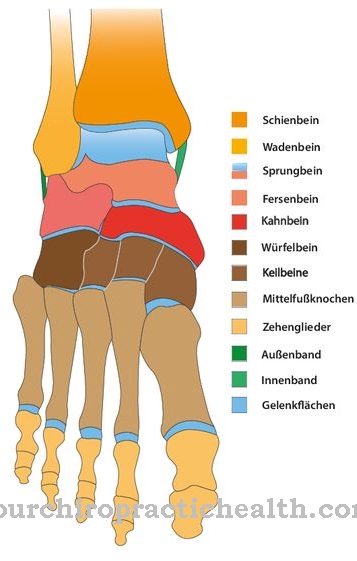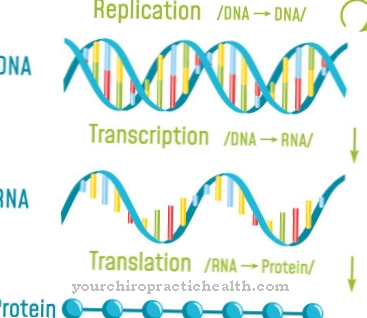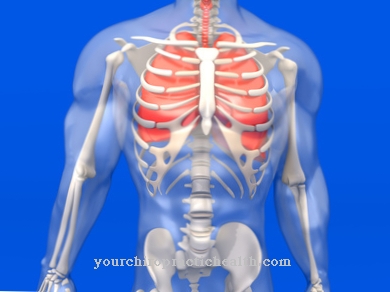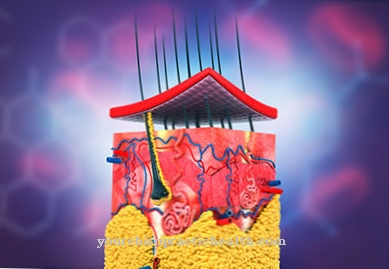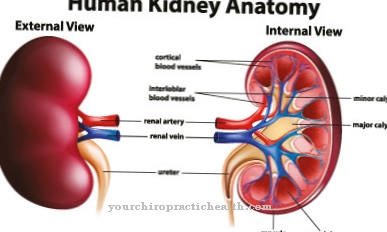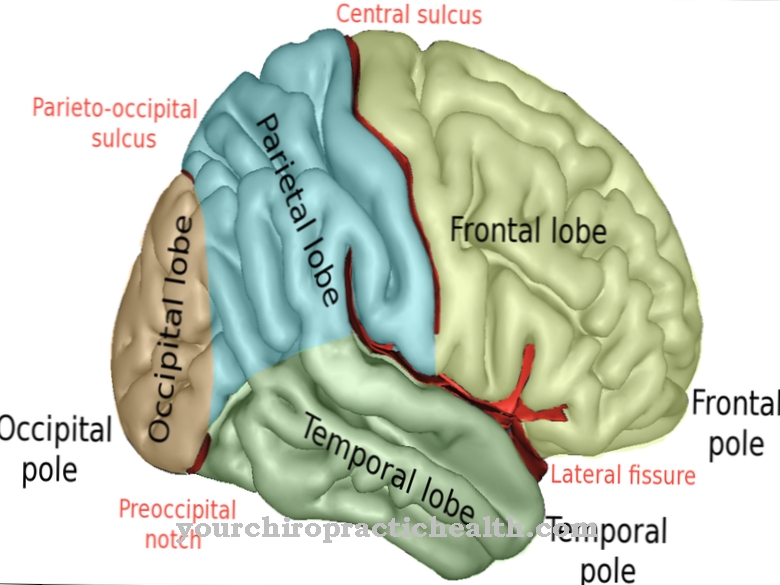If Nicotine patches actually help to make nicotine withdrawal easier or whether they make it more difficult is a matter of dispute. Many studies advocate nicotine replacement therapy using the nicotine patch. In other studies, however, it is denied any effect. Although it is much easier to quit smoking because the nicotine patch provides the addictive substance, the following also applies: Nicotine patches keep an ex-smoker addicted. Therefore, the relapse rate is high among people who have stopped using the nicotine patch.
What is a nicotine patch?
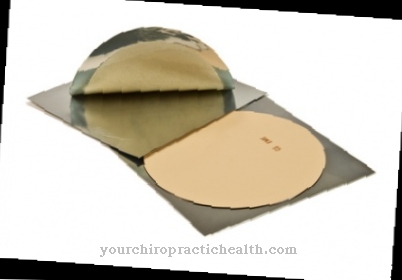
A Nicotine patches is an easy-to-use alternative therapy option in which a certain amount of nicotine is applied through the skin using a patch.
The nicotine patch is also referred to as a "transdermal" or therapeutic patch. The nicotine patch is only the means of transport through which a substance - similar to the hormones in the hormone patch - can be administered easily and in a controllable dose.
Nicotine patches should only be used on uninjured areas of the skin, as the active ingredient nicotine is a potent poison. If brought into open wounds, the nicotine patch can cause unintended side effects. A nicotine patch must always be used correctly so that it can work properly.
Shapes, types & types
Are known Nicotine patches for about 20 years. The idea is based on the controlled administration of pure and toxic nicotine, which is also guaranteed in everyday life without any problems. A distinction is made between different forms, types and types of nicotine patches.
In addition, the amount of nicotine released can be given in different strengths. Chain smokers need a different nicotine patch than people who only occasionally inhale cigarette smoke. For example, the maximum dose for membrane plasters is only suitable for people who smoke more than 20 cigarettes a day. Thanks to the nicotine patch, an even administration of the active ingredient is guaranteed.
Reaching for a cigarette is unnecessary. Modern nicotine patches are often matrix patches in which the adhesive layer comes to lie on the skin without an intermediate medium. With other nicotine patch models, a membrane is interposed. Some nicotine patches are changed daily, others can be left on for several days. In addition, so-called depot plasters are known, in which larger reserves of active ingredients are introduced. In some nicotine patches, absorption accelerators are built into, which are supposed to facilitate the absorption of nicotine through the skin.
Nowadays, research is already being carried out into other forms with which nicotine patches should become more effective. The passive diffusion of the active ingredient through the opened pores would be countered by an active administration of nicotine through the nicotine patch as a medium. As an experiment, nicotine patches are equipped with electromagnetic fields, dosing pumps or needles in order to achieve better absorption of the active ingredients. Such nicotine patches could be dosed individually.
Structure, function & mode of operation
A classic one Nicotine patches According to the conventional pattern, it always consists of a cover sheet, a release sheet and a sticky plaster surface, in which there is sometimes a non-sticky layer. Most nicotine patches have to be changed after three days.
With the depot patches, mechanical or other effects can occasionally lead to sudden emptying of the active ingredients, which is why the nicotine patches with matrix are considered safer. The dosage measurement is always problematic with nicotine patches.
The skin absorbs substances from a nicotine patch at different speeds and individually well. Therefore, the structure of new nicotine patches will probably change somewhat.
You can find your medication here
➔ Medicines for smoking cessationMedical & health benefits
Even if some studies on the medical and health benefits of Nicotine patches If doubts arise, nicotine patches are considered useful as part of a self-administered substitution therapy.
It is much easier to give up smoking. Since inhaling is far more harmful than applying pure nicotine via a nicotine patch, the health benefits are considerable. However, the persistent dependence on the addictive substance is criticized. The nicotine patch is therefore also held responsible for high relapse rates. A study reported by the magazine "Der Spiegel" came to the conclusion that nicotine patches are absolutely useless in the long term.
A nicotine patch alone is out of the question as a long-term effective protection against relapse. It would have to be combined with other measures to combat addiction. A nicotine patch is ideal for getting started.








